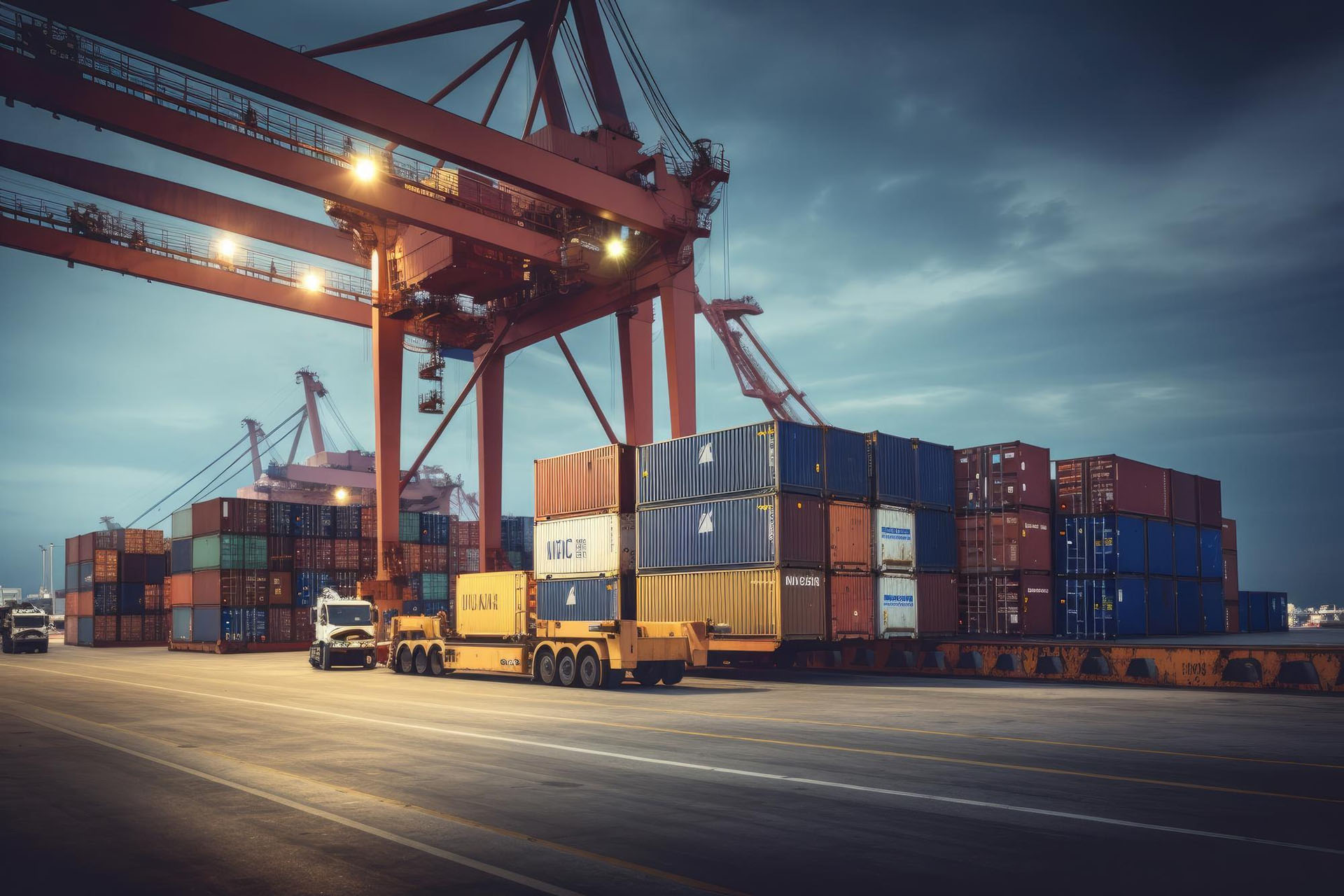Maersk Asia Pacific November Market Update. Regional insights and information to keep your logistics ahead of the curve
Maersk Asia Pacific November Market Update has the latest information to stay updated and keep your cargo moving.
As we approach the end of 2024, Maersk brings you the latest insights to support your logistics planning through the dynamic peak season. This month, we explore key economic indicators, discuss the latest trends in ocean and air freight, and introduce our latest development on our flagship logistics solutions, including new facilities and enhanced network strategies. From resilient infrastructure investments in the Gemini network, including the optimisation of our Intra-Asia network, to the operational flexibility offered by the new Lin-gang warehouse in Shanghai, Maersk is committed to enabling smoother, more reliable supply chains across Asia-Pacific.
Market Trends
- Global economic activity maintained its momentum through the first half of 2024, with full year growth forecasted at 2.7%. Growth in the global manufacturing sector remains slower than in services, though recent manufacturing PMIs indicate slight improvement. (Source: Maersk Strategic Insights)
- The U.S. economy is forecast to grow by 2.7% in 2024, an increase from previous estimates due to strong consumer spending (Source: Maersk Strategic Insights), though a rebound in the savings rate might pose downside risk to consumption.
- The European economy remains constrained by volatile inflation and geopolitical tensions. Germany, Europe’s largest economy, narrowly avoided a recession in Q3 due to weak industrial output and slow domestic demand, which will keep full year Euro-area GDP growth projection at 0.7%. The picture remains mixed as retail sales bounced back in Q3, potentially signalling stronger future consumption. (Source: Maersk Strategic Insights)
- China’s projected growth remains at 4.8% for 2024 (Source: Maersk Strategic Insights). Challenges in the real estate sector and high savings weigh on domestic demand, although recent fiscal and monetary policies should support growth. Chinese manufacturing PMIs signalled expansion in October, with exports continuing as the driver of economic growth.
Trending Topic – Hitting the Road – Gemini Customer Event in Asia Pacific
During the latest customer broadcast on the Network of the Future, Maersk highlighted the critical role of the network in addressing the inevitable disruptions and expenses in global logistics by enhancing reliability. The new network will focus on East-West trade lanes, including routes from Asia to North America, Asia to Europe, and the Middle East to Asia. Significant investments in hub terminals over the past 4-5 years will support this transition to a hub-and-spoke model, boosting resilience and operational capacity. Maersk aims to improve global shipping reliability by achieving an ambition of 90% schedule reliability once fully phased in, ensuring extensive port coverage, and optimizing speed through collaboration with terminal partners.
Bhavan Vempati, explained the vision:
The ambition with the 90 percent reliability is not just speed, not just cost and not just optimization. It is to really ensure that this can actually become an answer, a compelling answer to these problems you have today and the problems which we expect will also continue to persist in the future.
Key takeaways included the streamlined network structure, which reduces the number of port calls to minimize delays and enhances control by concentrating more operations at APM terminals. The Gemini network, an operational collaboration between Maersk and Hapag-Lloyd, aims to deliver a flexible and interconnected ocean network with historically unmatched and industry-leading reliability. Investments in transshipment hubs have expanded capacity and support on-time connections, with the aim of reducing 80% of the delays currently caused by missed trans shipments.
Anne-Sophie Zerlang Karlsen, discussed some of the operational details:
The global reach in reality comes from the fact that Maersk is investing
in, and will continue to invest in different tools to do route optimizations.
The combination of mainliners, shuttles, and hubs within this new network structure is designed to provide more consistent, efficient service, benefiting Maersk customers worldwide.




